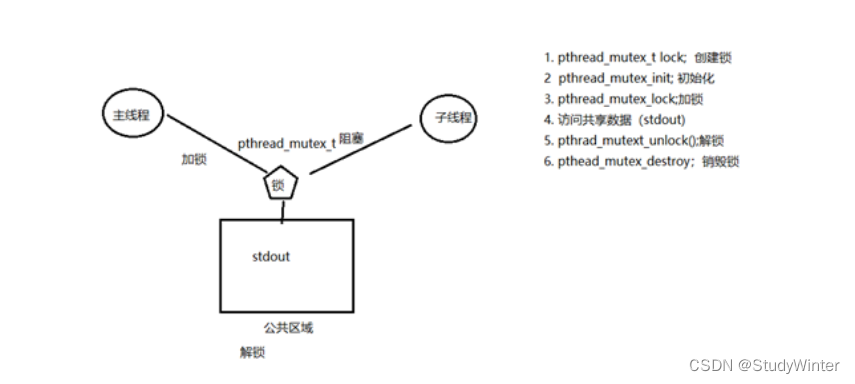当前位置:网站首页>1.18 learning summary
1.18 learning summary
2022-06-26 04:35:00 【After all, I still walk alone】
Today's topic is about binary tree . The main concern is , According to the three traversal ways of binary tree . What have I done . The preorder and mesorder are known . also Known post order and middle order . Find another of the three sorting methods .
It also makes me more profound . I feel the effect of these three arrangements Some details .
I thought the two questions should not be far apart . But in fact, there are still many differences in details .
Let's start with the known sequence and the middle sequence .
The title is as follows .

The specific idea of this topic depends on the middle order Some characteristics . To judge . The number of left and right subtrees . The way is . Input the left and right boundaries of the two sorting methods into a function . And then because In the following sequence . The root node is on the far right . Then the root node is found . Then the root node can be found in the traversal sequence The position in the middle order . In this way, the element quantities of the left and right subtrees under the root node can be obtained . And then because , This question is about the first order . So every time you find the root node . You can output it directly . Then there are two criteria . Judge by the position of the current root node in the middle order . Determine the location of the root node . Whether it is a boundary if it is not a boundary , That means there are subtrees . Take the subtree as a new tree . , respectively, hold His left and right boundaries in the middle order . And the left and right boundaries in the following order . Input into the function for recursion . In this way, we can complete the traversal .
The specific code is as follows
#include<iostream>
#include<string.h>
#include<stdio.h>
using namespace std;
char s1[50];
char s2[50];
int l;
void f(int l1,int r1,int l2,int r2)
{
int m ;
for(int i=0;i<l;i++)
{
if(s1[i]==s2[r2]) m=i;
}
printf("%c",s2[r2]);
if(m>l1) {
f(l1,m-1,l2,r2-r1+m-1); }
if(m<r1) {
f(m+1,r1,l2+m-l1,r2-1);
}
}
int main()
{
cin>>s1;
cin>>s2;
l=strlen(s1);
f(0,l-1,0,l-1);
}And I did another question . It is the former order and the middle order to find the latter order .
I thought that the code of the two was just a little bit of data . After all, the idea is the same . But there is one small detail . First of all, its function return method will . Dissimilarity . In addition, its output should be in DFS After function . That is, you recurse and then output . The purpose of this is to put the subsequent output in front of the leaf . Then you set The end of recursion . Is to traverse to the leaf and then output Put it in DFS After the function, he will . Output child nodes first Then output the root node . So as to achieve post order traversal .
The code is as follows , You can observe more . Of the two DFS function
#include<iostream>
#include<string.h>
#include<stdio.h>
using namespace std;
char a[50],b[50];
void dfs(int l1,int l2,int r1,int r2){
int m;
if(l1>l2||r1>r2)return;
for(int i=l1;i<=l2;i++)if(a[i]==b[r1]){
m=i;
}
dfs(l1,m-1,r1+1,r1+m-l1);
dfs(m+1,l2,r1+m-l1+1,r2);
printf("%c",a[m]);
}
int main()
{
cin>>a>>b;
int l= strlen(a);
dfs(0,l-1,0,l-1);
return 0;
}
One more . About front middle , I haven't done the problem of post order traversal yet . Wait till tomorrow , Let's make a summary . That's all for today's summary .
边栏推荐
- Composer version rollback version switching
- BSC 及HT 等链的NFT 创造及绑定图片教程
- Tp6 controller does not exist: app\index\controller\index
- Add, delete, modify and query curd in PHP native SQL
- There is no response to redirection and jump in the laravel constructor [original]
- 08_ Spingboot integrated redis
- CDN with OSS acceleration
- Analysis report on the development trend and operation status of China's environmental monitoring instrument industry from 2022 to 2028
- PHP small factory moves bricks for three years - interview series - my programming life
- PHP installation SSH2 extension
猜你喜欢
随机推荐
Database design (3): database maintenance and optimization
Jenkins introduces custom jars
6、 Project practice --- identifying cats and dogs
六、项目实战---识别猫和狗
numpy 通用函数
numpy 数据输入输出
Tp6 is easy to tread [original]
Realize video call and interactive live broadcast in the applet
Add, delete, modify and query curd in PHP native SQL
pip 批量完全卸载包
MySQL index details
SQL related knowledge - DQL
2021-01-31
Mutex of thread synchronization (mutex)
Knowledge of SQL - database design, backup and restore
A brain map to summarize the needs analysis (a supplement to the actual situation at work)
mysql高级学习(跟着尚硅谷老师周阳学习)
Parse JSON interface and insert it into the database in batch
Implementation of seven classes of BlockingQueue interface
Zeromq from getting started to mastering



![[Qunhui] import certificate](/img/1f/ab63b0556a60b98388b482d70f6156.jpg)





